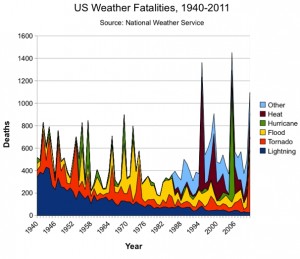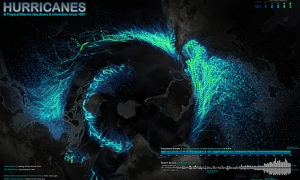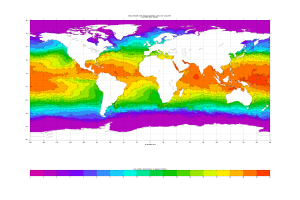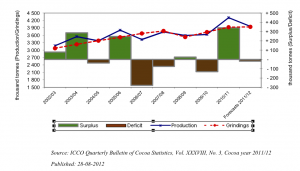Diet story with added fizz
According to Stuff, a Japanese research study has found that sugary drinks cause strokes. In women, not men (they found a weak association in the opposite direction in men). And only strokes, not heart disease. And when they say “sugary”, this isn’t based on the sugar content, since 100% fruit juices were excluded. The researchers have some fairly unconvincing excuses for why only strokes were increased, and only in men.
The headline was “Female? Put down the fizzy drinks”, which manages to capture the implausible part of the findings while getting the plausible part completely wrong: the research looked at drinks with added sugar, not drinks with added fizz.
The story does better than the headline, at least putting the research in context with the other findings that suggest the impact isn’t restricted to strokes in women. They also quoted an expert from the Cleveland Clinic, who sensibly ignored most of the details of the study findings and said:
”It makes sense, if (sugar sweetened beverages) increase the risk for obesity, diabetes, insulin resistance, inflammation, then it should, in fact, raise the risk for cardiovascular disease, and that’s what we’re seeing,” said Adam Bernstein, a researcher at the Cleveland Clinic, who was not involved with the study.
Other sources did far worse than Stuff. For example, the site Food Navigator completely misrepresented the results, saying that “one fizzy soft drink per day could bump up the risk of stroke by up to 80%”, when the actual figure in the abstract is 21% for total stroke (something that they got right later in their story). They also said the risk was increased in men, which is the opposite of what the paper says, and that the participants were all between 40 and 49, when in fact they were between 40 and 59 at the start of the study and between 58 and 77 at the end of the study.
The really interesting question is why this study, which doesn’t actually add much to what we already know, has made global news. We’d have to ask Reuters about that.



